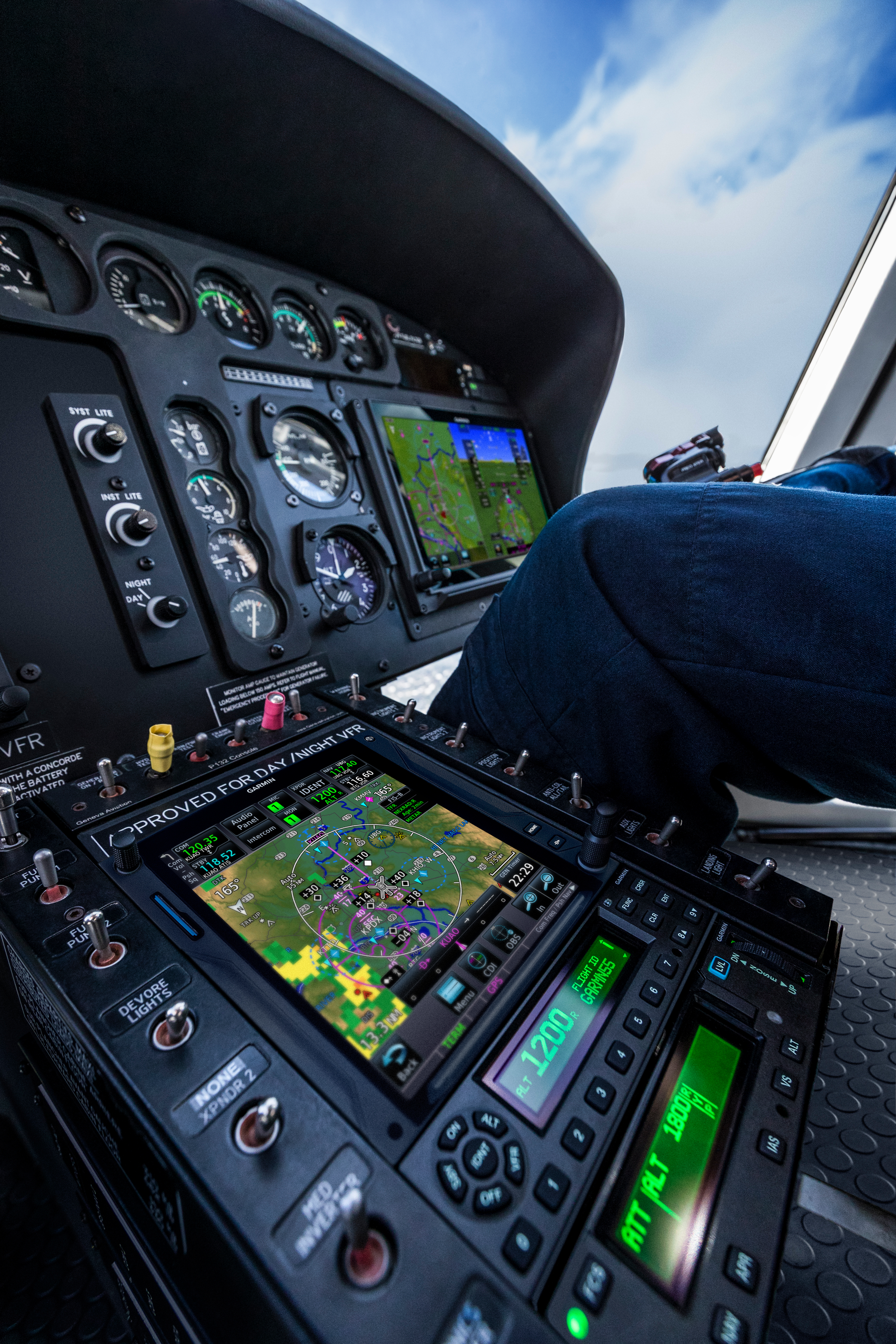

Model based flight control system software#
“Polyspace Code Prover is crucial for the development of safe software and eliminating critical errors that could occur in flight,” says Moon. Resultsġ00% of run-time errors in handwritten code identified and eliminated. Korean Air completed development on schedule, and the UAV has received airworthiness certification from the Korean government. Korean Air engineers provided certification authorities with MC/DC coverage reports generated by Simulink Check and Simulink Coverage and testing reports generated by Polyspace Code Prover.
Model based flight control system simulator#
The HIL model, which contains more than 11,000 blocks in the flight control and flight dynamics submodels, was reused to create an operator training simulator for the UAV. The team conducted real-time HIL simulations with Simulink Real-Time™. No run-time errors were found in the generated code. Using Polyspace Code Prover™, the team checked all the code for run-time errors, identifying several in the handwritten code that they subsequently corrected.

They integrated this C code with code they had handwritten for hardware drivers, and they reused test cases for model coverage to measure 100% MC/DC code coverage. The team generated more than 45,000 source lines of code from their models with Embedded Coder ®. Using Simulink Check™ and Simulink Coverage™, the engineers performed regular checks to ensure the model complied with the company’s modeling standards (based on MAAB guidelines) and to measure 100% MC/DC model coverage for their test suite. The flight management and control system, including the automatic landing guidance subsystem, was modeled in Simulink and Stateflow ®.Īfter running desktop simulations to verify the flight control laws and collect control response data, they analyzed the results, and later, flight test results, in MATLAB ®. The team designed flight control laws using Robust Control Toolbox™ and Control System Toolbox™ to compute optimal control gains. Later they used System Identification Toolbox™ to estimate model parameters for flight dynamics and performance verification. The engineers developed a dynamic model of the UAV, including landing gear dynamics for simulating automated take-off and landing, with Aerospace Blockset™. In the early phases of development, the engineers developed a Simulink ® model to refine and validate high-level requirements. Korean Air developed its new UAV flight control software using Model-Based Design.


 0 kommentar(er)
0 kommentar(er)
